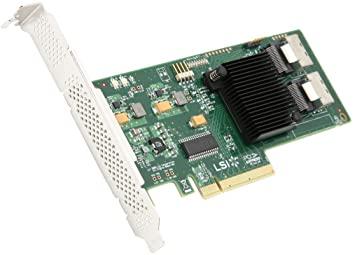Main Features
1, better performance:
point to point technology reduces the deceleration of address conflicts and chrysanthemum chain linkage;
< P> Provide a dedicated signal path for each device to ensure maximum bandwidth;Data operation under full duplex mode guarantees the most effective data throughput;
2, Easy cable connection:

More cables with smaller connector;
3, better scalability:
can be connected at the same time Multi-disk device.
Detailed introduction
Since serial SCSI (SAS) is a point-to-point structure, in addition to improve performance, each device is connected to the specified data path to increase bandwidth. . The SAS cable structure saves space, thereby increasing the heat dissipation and ventilation capabilities of the SAS hard disk server. Under normal circumstances, larger parallel cables bring electronic interference, SAS's cable structure can solve this problem. In addition, the SAS structure has a very good extension ability, up to 16384 disk devices.
Serial SCSI (SAS) hard disk uses the same interface as S-ATA, but uses more signals, so the SAS hard drive cannot be coupled to the S-ATA hard disk controller. SAS is a universal interface that supports SAS and S-ATA, and the SAS controller can support SAS and SATA disks. S-ATA uses the SAS controller's signal subset, so the SAS controller supports the S-ATA hard drive.
The initial SAS hard disk uses a 2.5-inch package, which allows the rack server to support more hard drives, and now there is already a manufacturer to launch a standard 3.5-inch SAS hard disk; the speed of the initial product is 10,000rpm, and now 15000rpm The products have also been released. The SAS hard drive has the same or better performance than the SCSI hard drive of the same speed. The serial interface reduces the size of the cable, allowing faster transfer speed, SAS hard disk transfer data can reach 3.0Gbit / sec.
There are 4 cables in each SAS cable, 2 inputs 2 outputs. SAS can simultaneously read and write data, and the full-duplex data operation increases data throughput efficiency.
As a new storage interface technology, SAS is also comparable to the FIBRE CHANNEL, but also is compatible with SATA, so it is recognized by the industry to replace parallel SCSI. The advantage of SAS is: flexibility, can be compatible with SATA, saving users; scalability, one SAS domain can directly connect 16384 devices; excellent performance, and the architecture of point-to-point makes performance increases with the number of ports, more reasonable; Cable design provides more efficient heat dissipation in a high-density environment. Measuring the advantages and disadvantages of a technique, there are usually 4 basic indicators, namely performance, reliability, scalability, and cost. Review the development history of serial disk technology, from Fiber Channel, to SATA, and then to SAS, and several technologies. The earliest serial storage technologies in the Fiber Channel can meet high performance, high reliable and high-scalability storage needs, but the price is high; the cost of SATA hard drive is dropped, but mainly for near-line storage and non- Key applications, after all, in terms of performance; SAS should be a full talent, can support SAS and SATA disks, easy to meet different cost-effective storage needs, is a solution with high performance, high reliability and high scalability .
